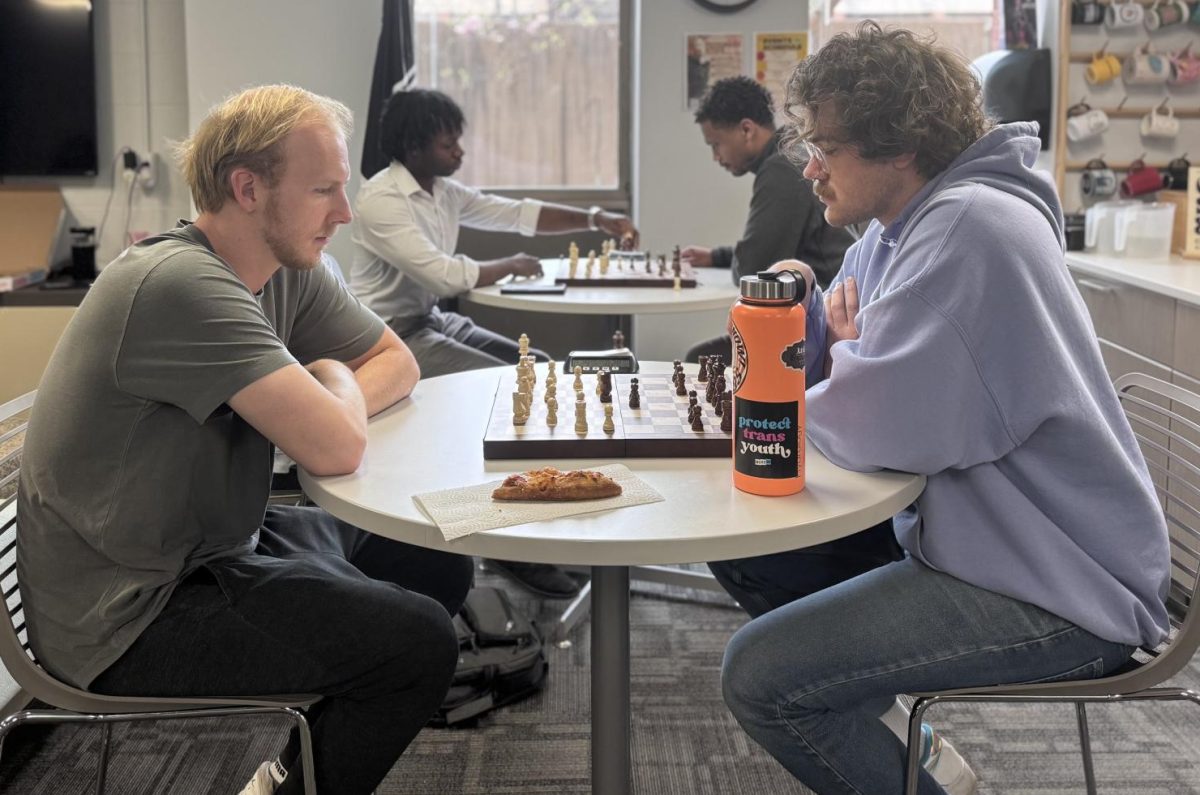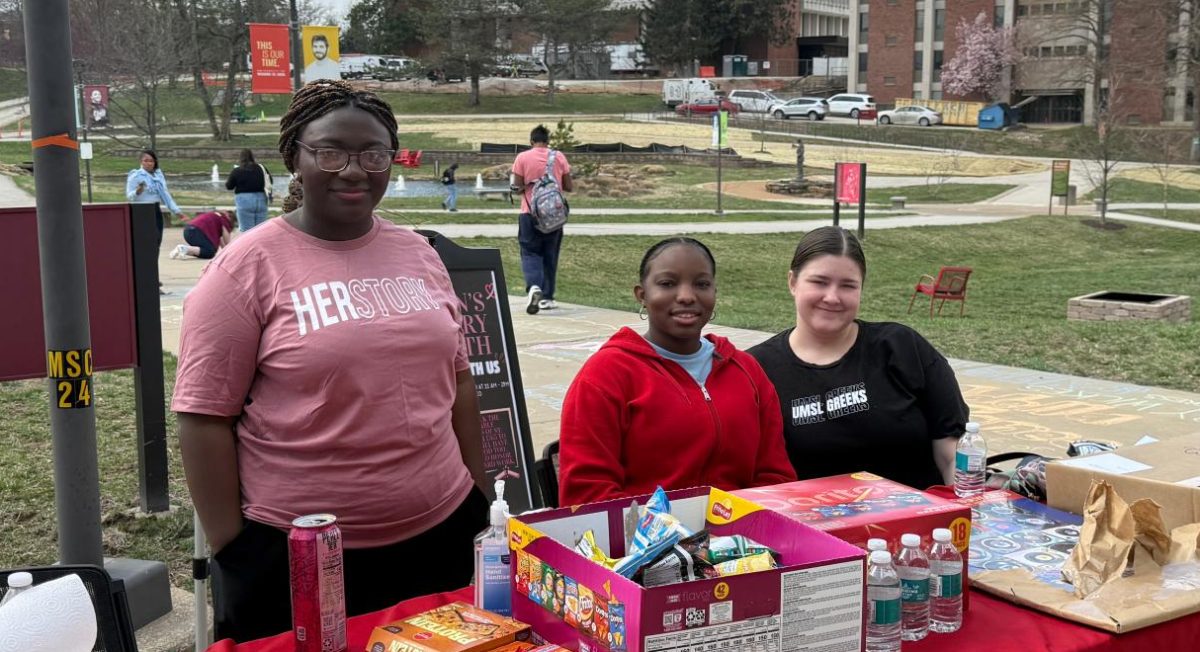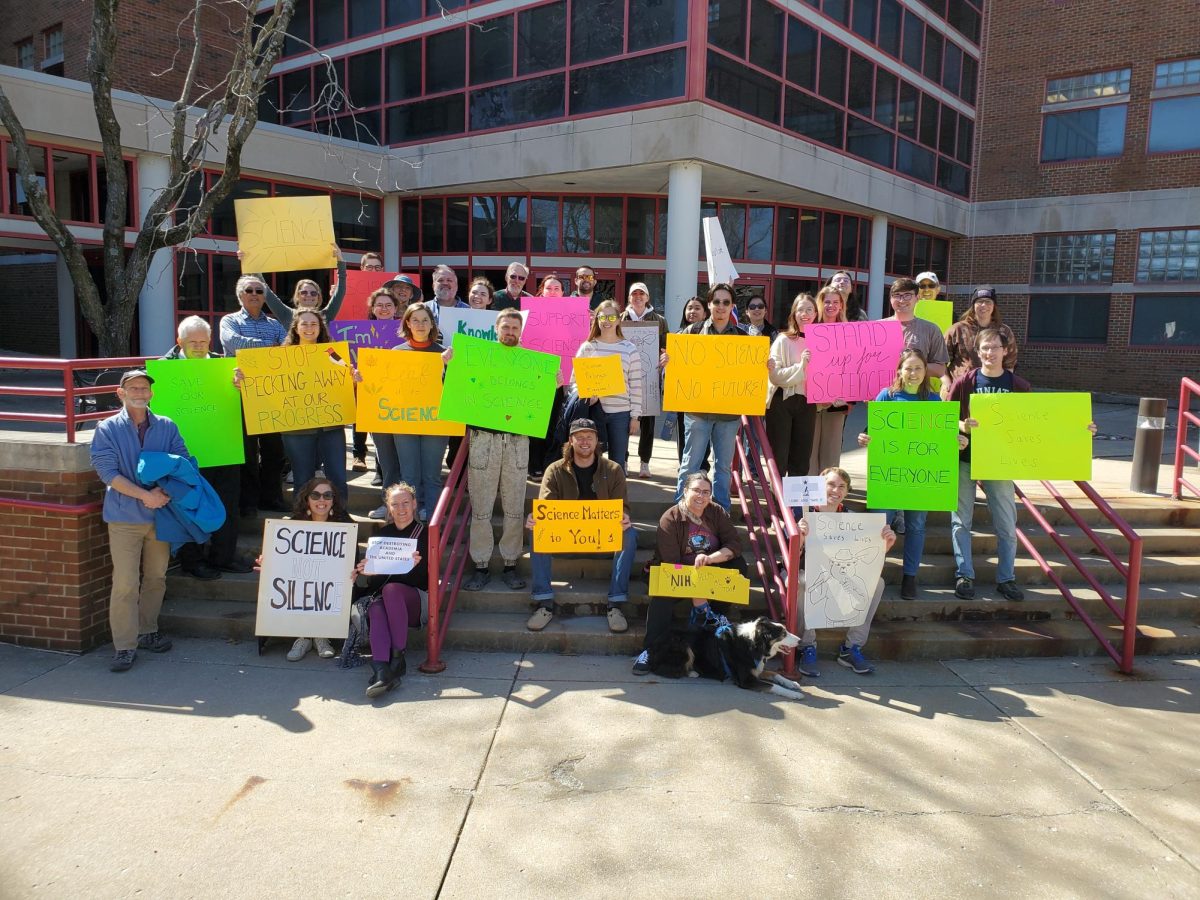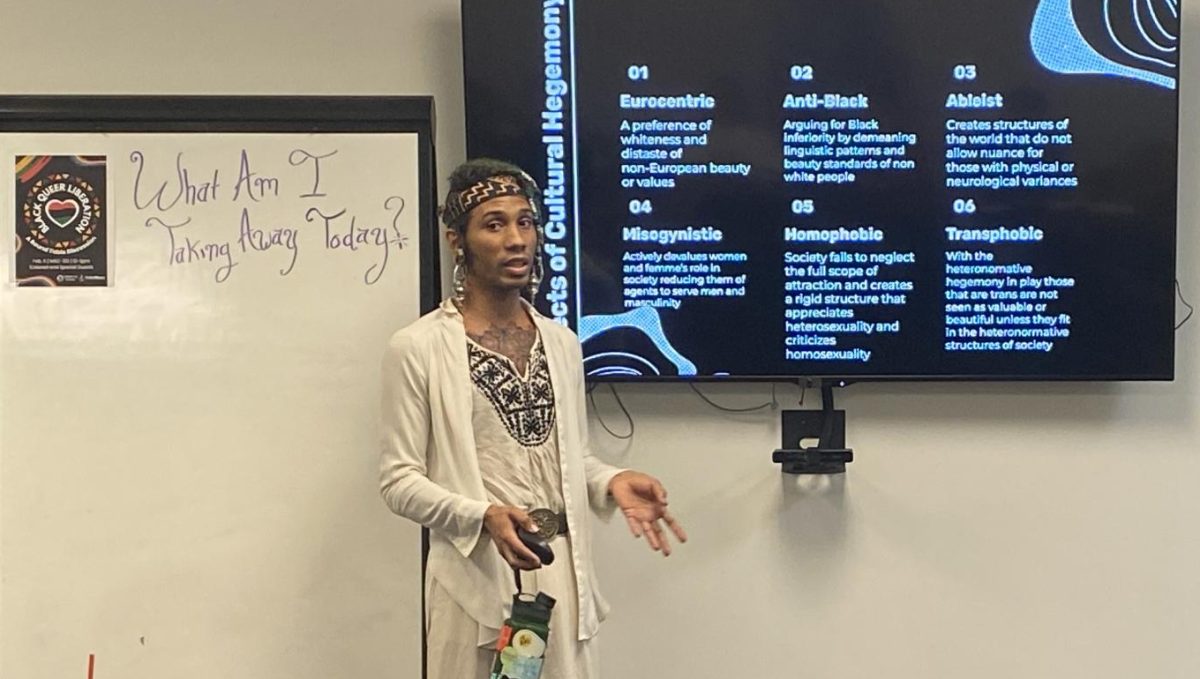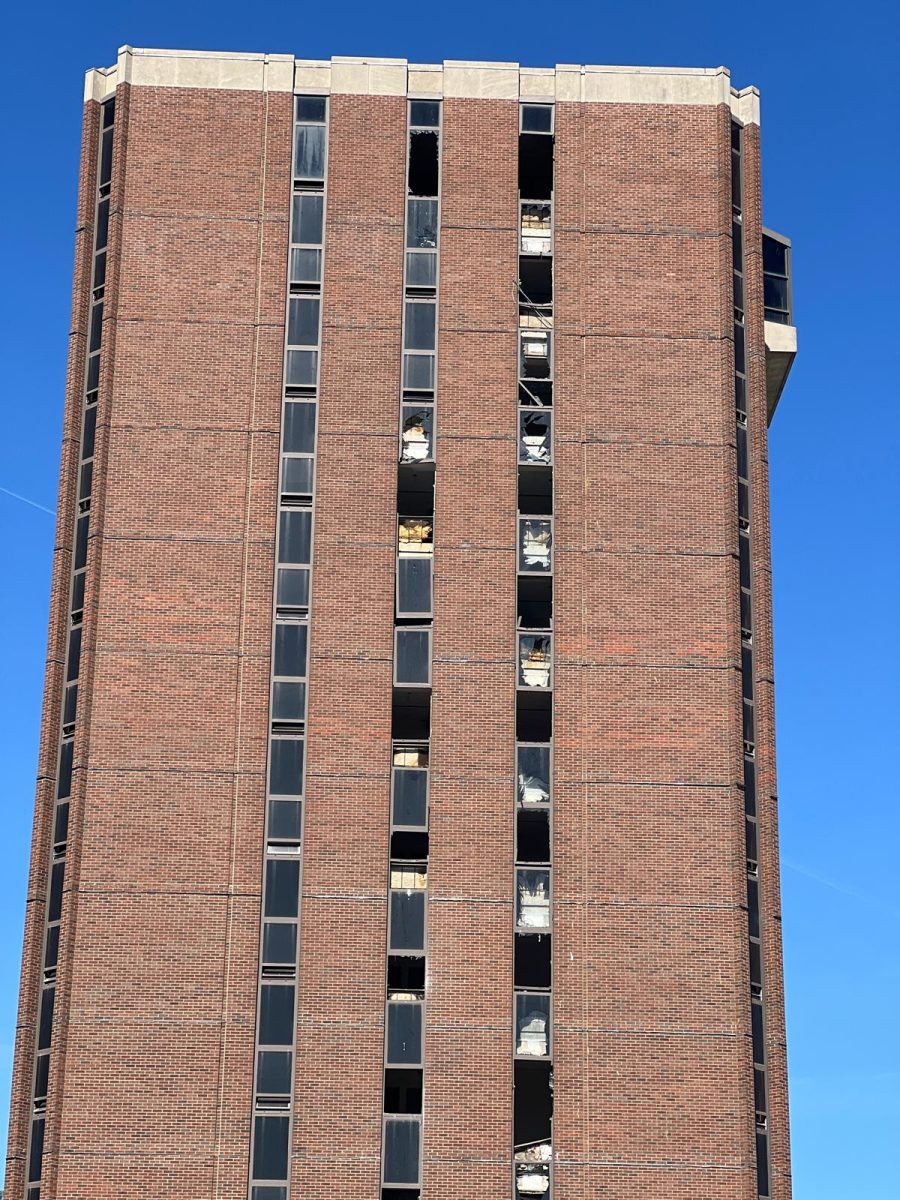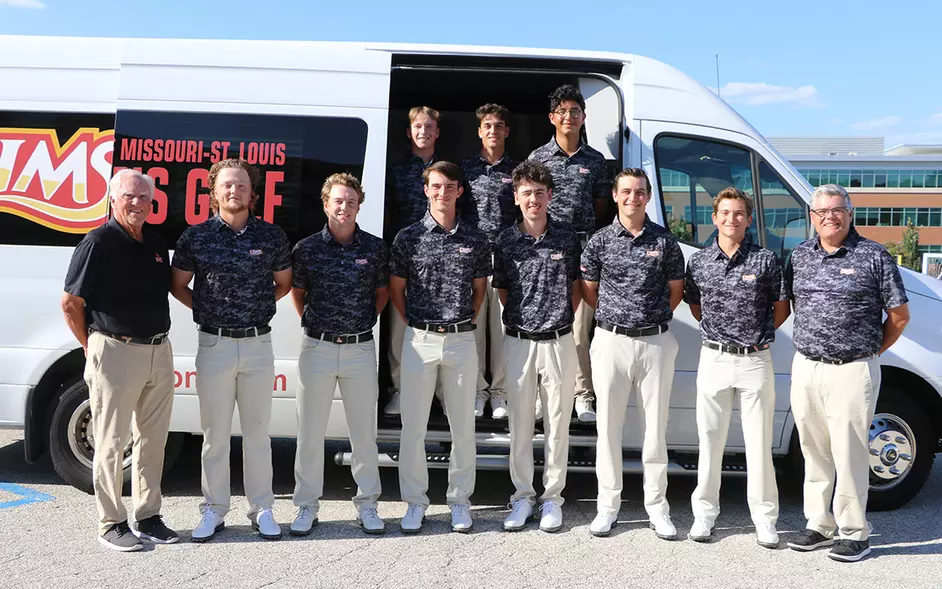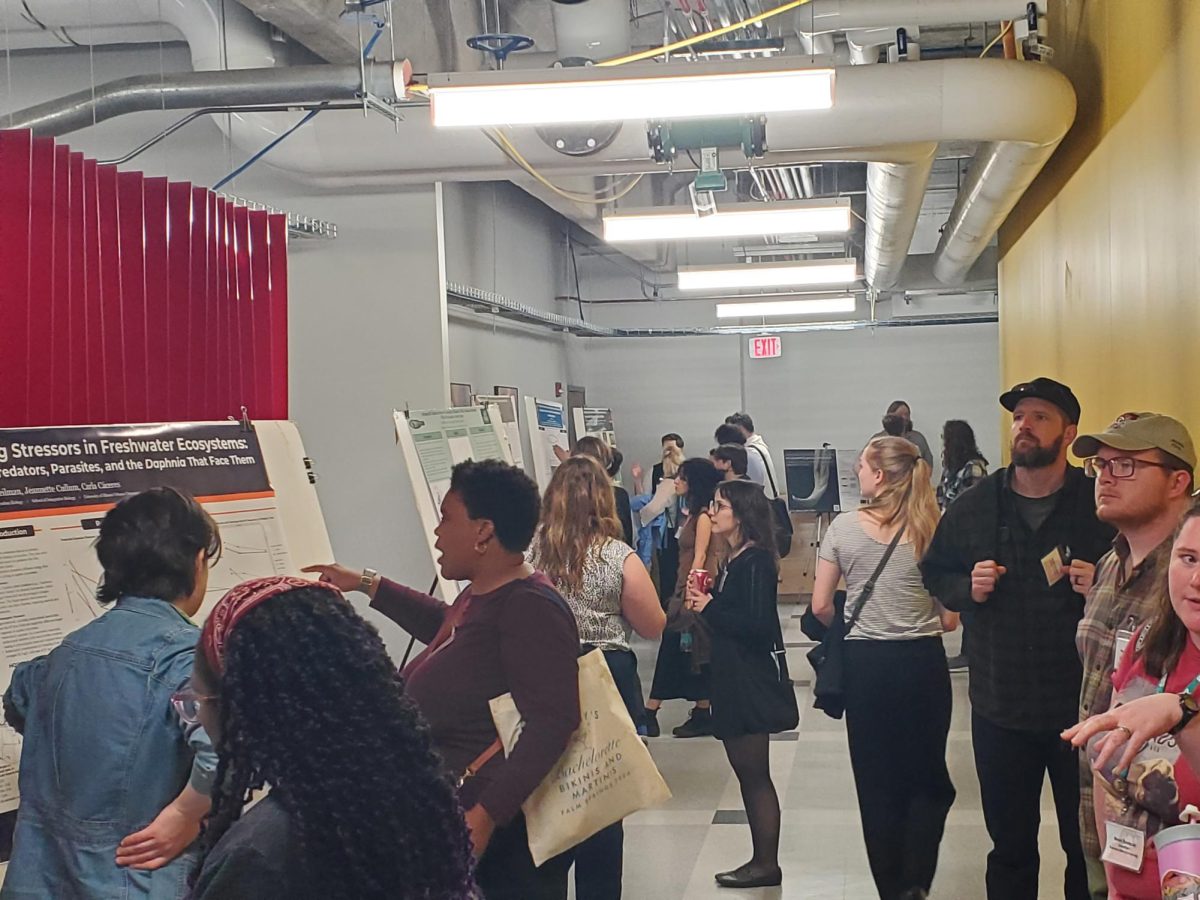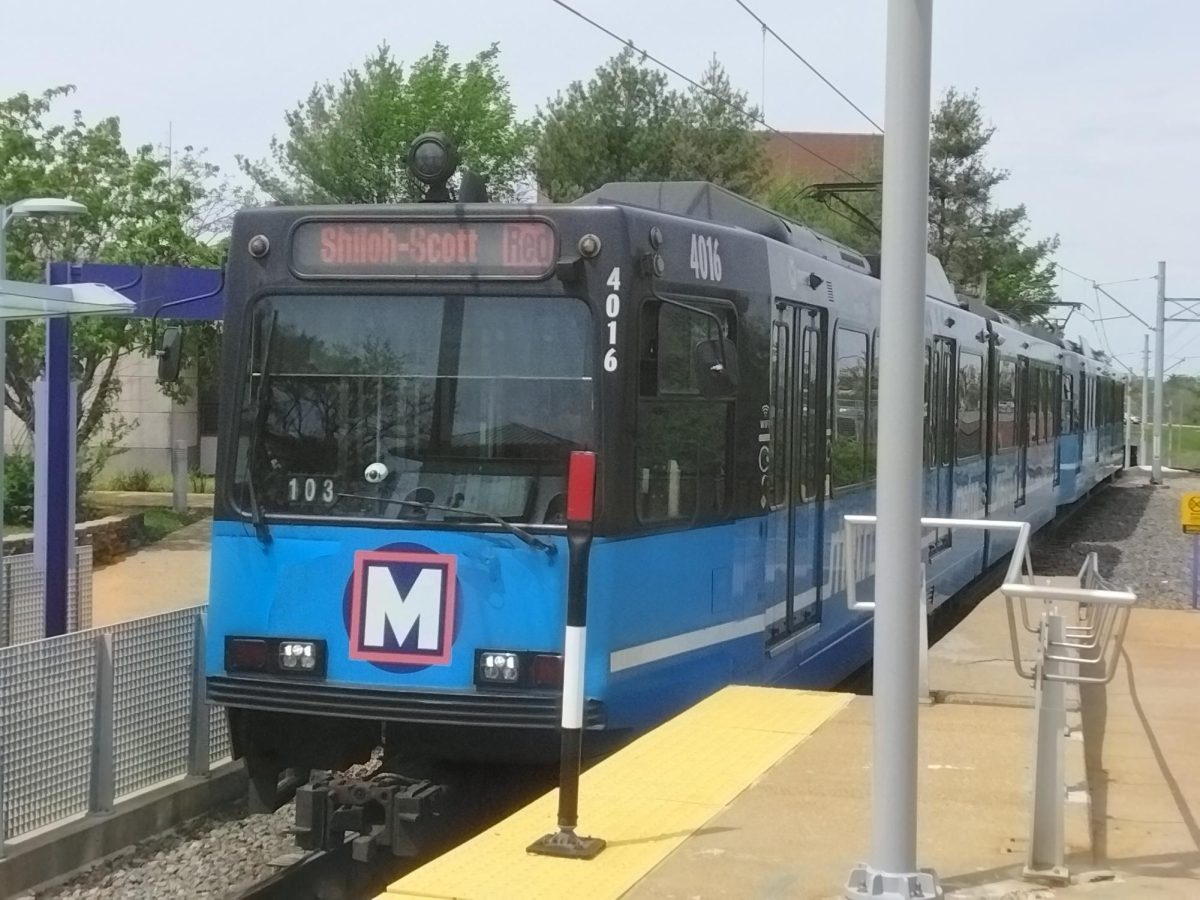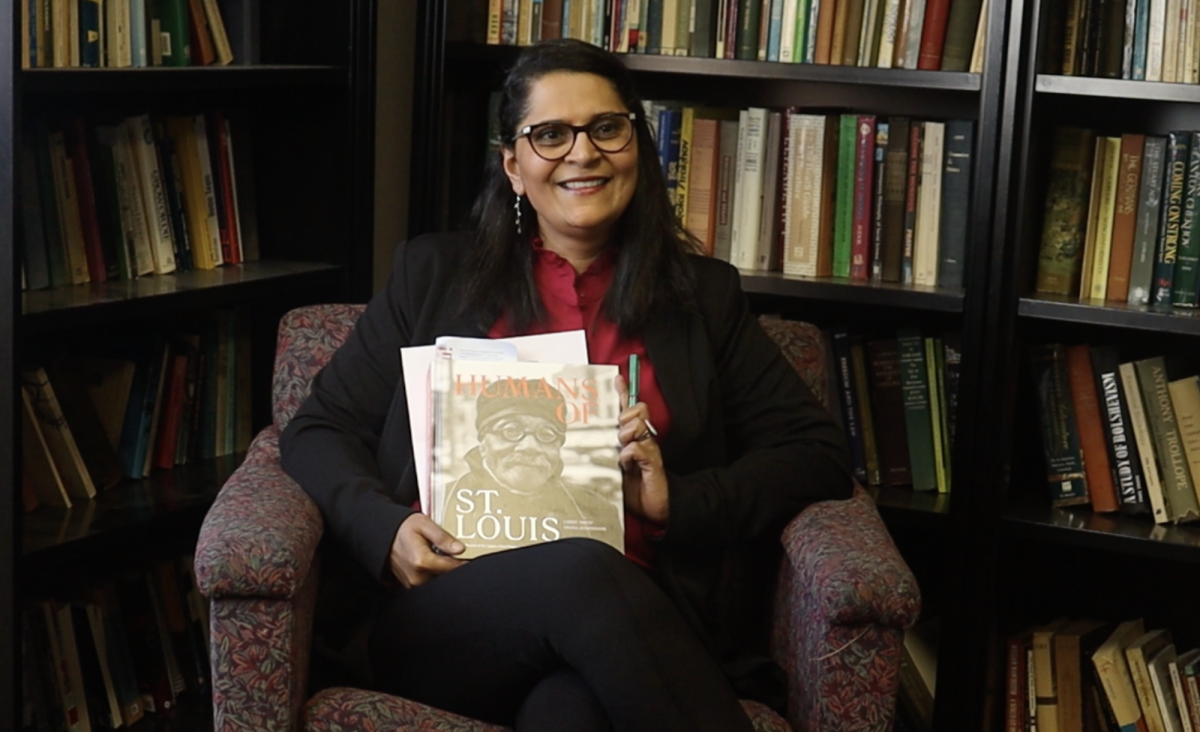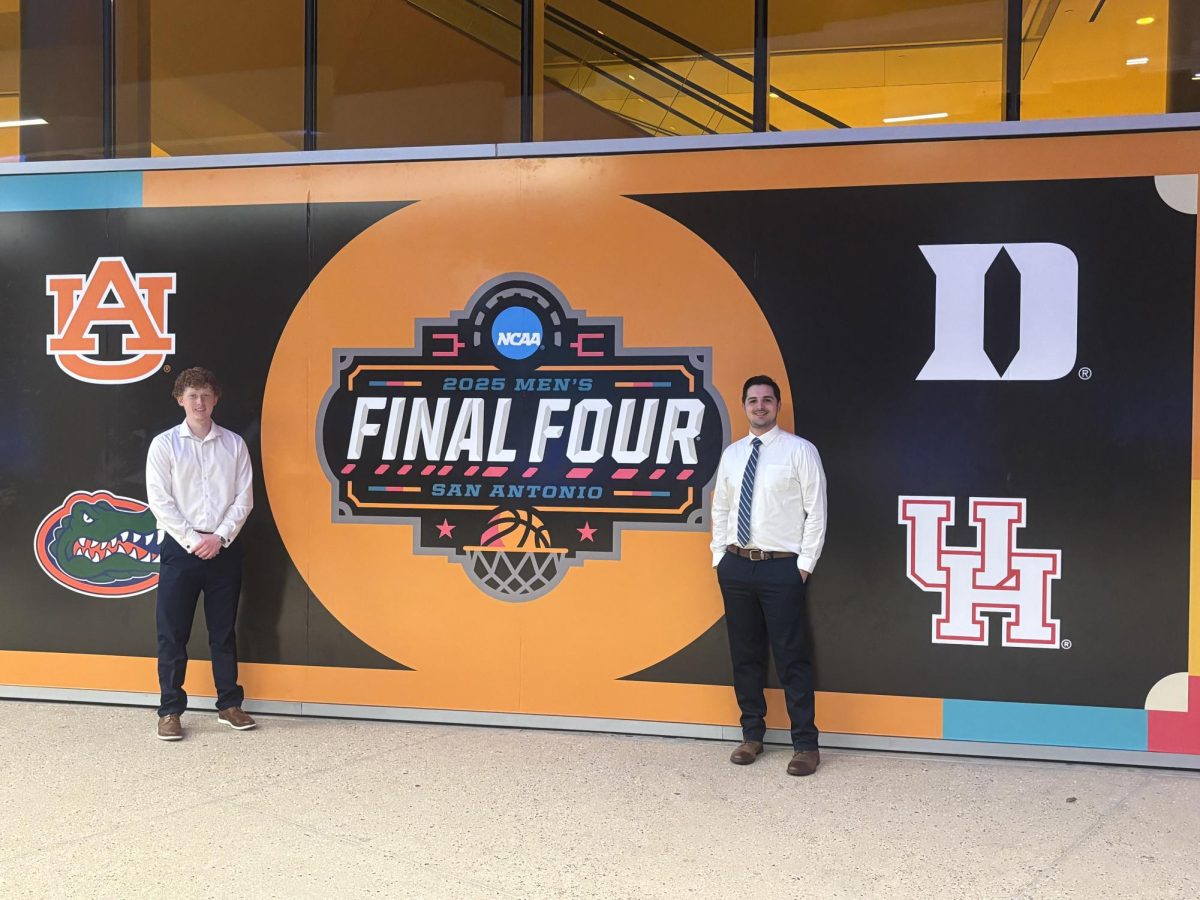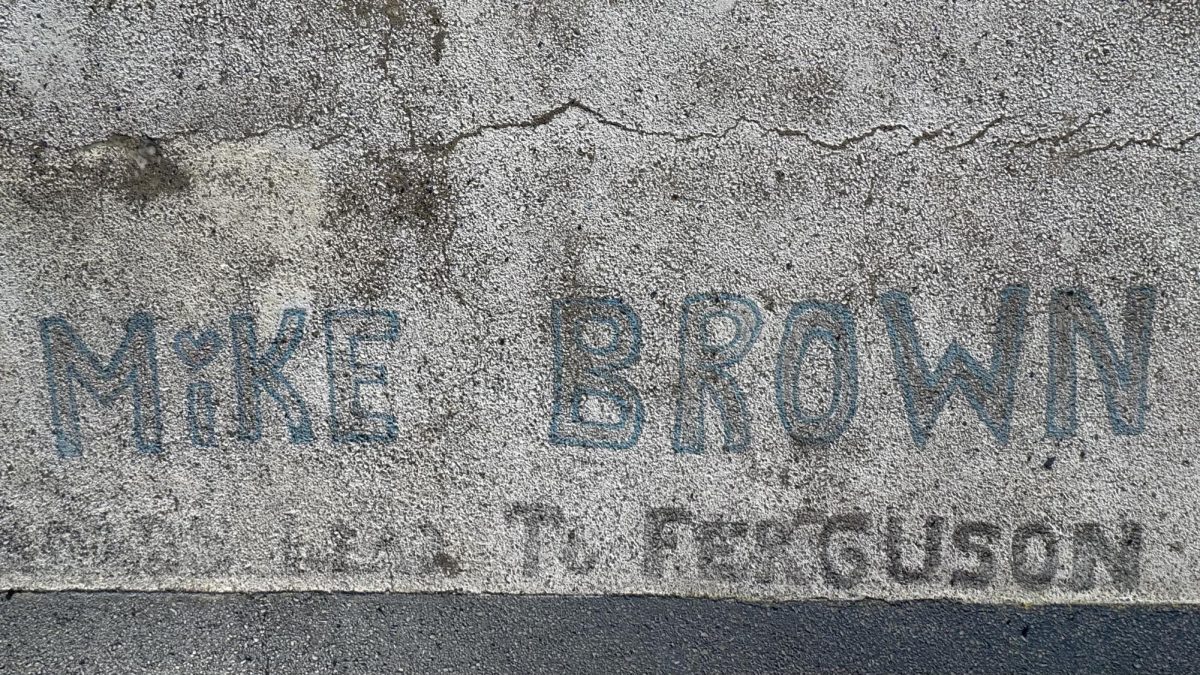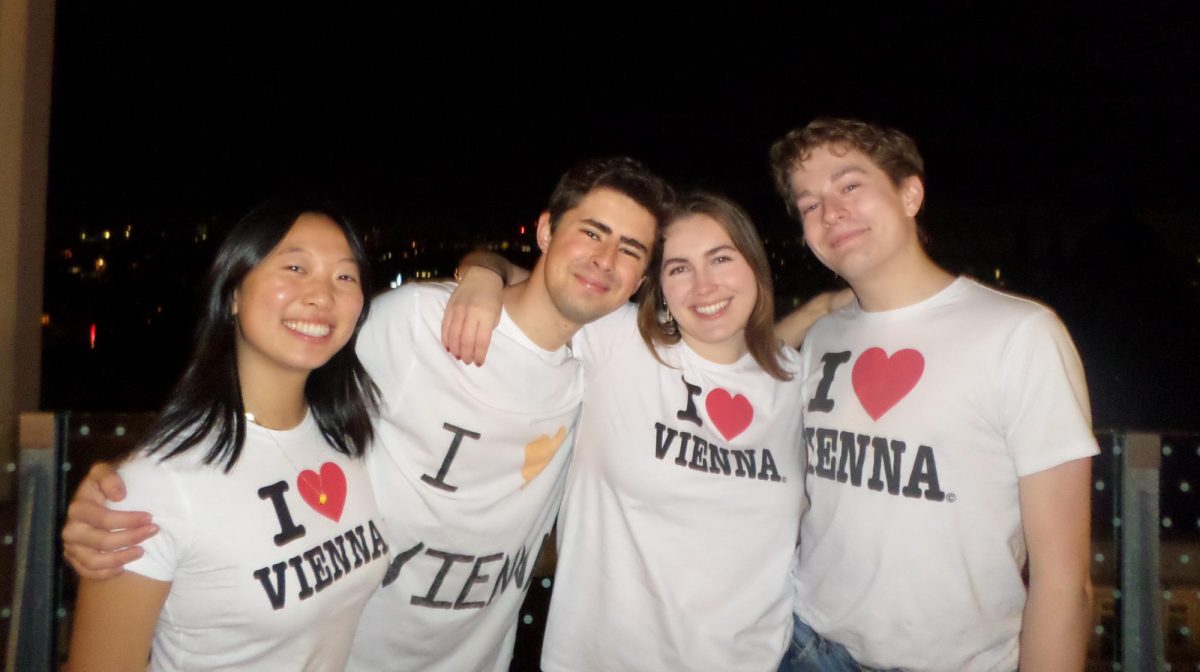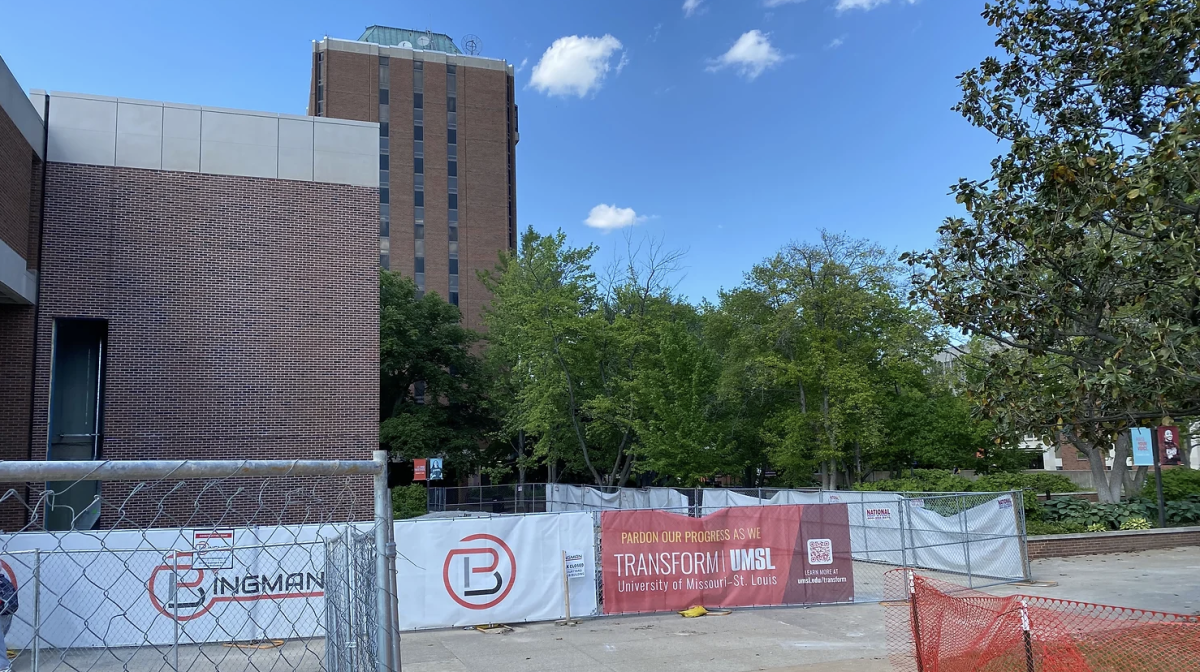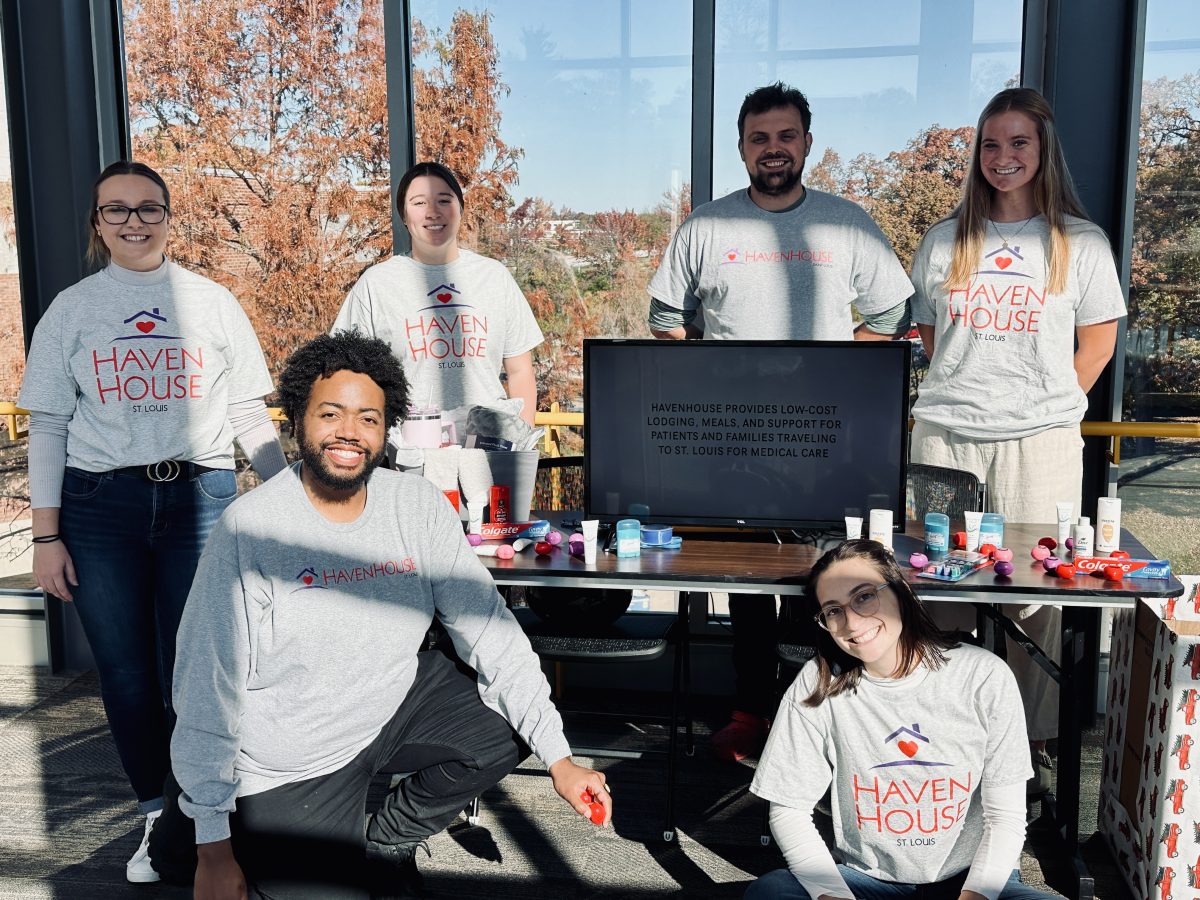The UMSL campus has long moved from its golf course state as the university has grown. The foundation of the golf course is a great blank canvas of greenery and hills. As we leave winter and revel in the spring weather, the campus is at one of its heights of beauty and offers an ethereal view that you may otherwise not see in the surrounding areas (unless you go to one of many surrounding country clubs).
UMSL’s mission to conserve natural resources and promote a sustainable ecosystem was jumpstarted in 2018 with the Missouri Department of Conservation awarding a grant for tree inventory. An article from UMSL Daily quoted Grounds Supervisor Gregory Ward on the importance of this award. He stated, “Tree inventories work to help land managers create an appropriate, proactive plan for tree care.” The work initiated after the grant was evident as UMSL was recognized a year later as an official Tree Campus.
In order to receive the Tree Campus recognition, The Arbor Day Foundation requires our campus to “establish a tree committee, create and abide by a tree care plan, verify the plan’s annual expenditures, observe Arbor Day, and create service-learning projects to engage students.” UMSL Sustainability and The Green Team have consistently met these needs as UMSL Daily reported in 2021 that the campus “received Arbor Day Foundation’s Tree Campus Higher Education certification for the third straight year in recognition of its efforts to cultivate and maintain trees on campus.” The work done to sustain our campus ecosystem is evident still, as there is no shortage of gorgeous views as you browse the campus.
However, recent campus renovations throughout North Campus have and will further prohibit some of that beauty to the naked eye. Our campus is more like a construction zone these days, but it may be worth bearing through, as the Transform UMSL Plan is the best way to foresee an improvement in campus aesthetics.
UMSL’s 2013 Sustainability Plan lays out key objectives to be met by 2025. Some of these goals include, “reducing consumption of energy derived from non-renewable resources, comply with green building standards policy, increasing on-campus bicycling and bike commuting, and diverting construction and renovation waste at a rate of 75-90%.”
As the Transform UMSL project continues, there will be demolition/relocation or renovation/extension of buildings. This means getting rid of certain buildings and diminishing maintenance costs, which will allow ample space for renovations and will provide more land for conservation and natural efforts. This is also an opportunity for green building standards to be met as seen fit. Within the construction work, it is safe to assume that UMSL Facilities and UMSL Sustainability will be in conjunction with this project to ensure that waste yielding from this project is not directed to managed landfills that worsen our ecological footprint.
Other goals of Transform UMSL include, “creating a more walkable and connected campus, intervention in landscape and open spaces (such as the Millennium Student Complex open space, North Quad and Bugg Lake area) to better activate outdoor spaces and create places for people to gather.” These goals are also in line with our sustainability efforts to encourage bike commuting and reducing energy consumption with the demolition of low-usage buildings.
UMSL Sustainability and The Green Team also work at hosting Arbor Day events yearly, encouraging student engagement, education and action by planting trees. They also work hard on our garden, with events open to campus to help tend to it, no matter your experience level. UMSL has expressed and continues to express concern and love for nature and enact ways that we can promote conservation directly from our campus. With motivation coming from both UMSL Sustainability and Facilities, there is hope for our eco-commons and natural landscapes to evolve- for conservation itself and student enjoyment.

